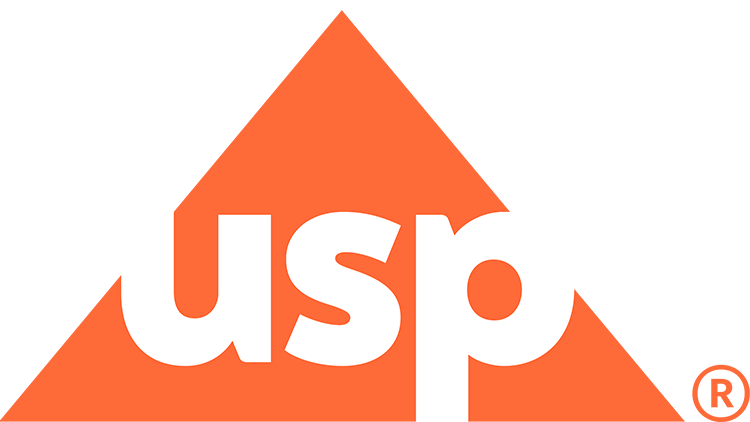
Pharmacy Practice in Focus: Health Systems
- Health-System Edition March 2021
- Volume 10
- Issue 3
More Scrutiny Means Strict Regulation and Opportunity

Pharmacists can lead to the charge to innovate in both 503A and 503B settings, which are poised to change and grow.
The preparation of compounded sterile products in pharmacy has evolved into a complex, highly regulated, and technical practice.
This was prompted in large part by many highly publicized negative safety events that revealed shortcomings in the process. One of the most infamous cases is the 2012 fungal meningitis outbreak that originated at the New England Compounding Center, which resulted in 753 documented patient exposures and 64 deaths.1
The enactment of section 503A of the Federal Food, Drug, and Cosmetic Act (FD&C Act) in 1997 has had the most significant impact on sterile drug compounding practice. It essentially created a provision that separated traditional pharmacy compounding from pharmaceutical manufacturing. In 2008, United States Pharmacopeia (USP) chapter <797> established standards related to sterile compounding in 503A facilities. And in 2013, the Drug Quality and Security Act amended the FD&C Act by adding section 503B. This allowed a new type of compounder, the outsourcing facility, to bridge the gap between pharmaceutical companies and pharmacies. The production of compounded sterile drug products for human use is divided into 2 categories: 503A and 503B.
Facilities that compound under section 503A perform patient-specific compounding, such as compounding that takes place in home infusion or hospital pharmacies or physician offices. This type of compounding is widely referred to as "traditional compounding." 503A facilities are exempt from just 3 sections of the FD&C Act: those concerning current good manufacturing practice (cGMP), some labeling requirements, and FDA approval prior to marketing. They remain subject to compliance with all other pieces of the act. The FDA typically only conducts for-cause inspections of 503A facilities that result from complaints. Routine regulation of these compounders is primarily a state function, and most state boards of pharmacy require that pharmacies meet or exceed USP guidelines. Additionally, most health care accreditation organizations reference USP <797> in their standards related to sterile drug compounding.
Organizations that compound under section 503B are primarily considered outsourcing facilities. That is, they produce large batches of drug products, with or without a prescription, that are sold to health care facilities for administration to patients. To register as an outsourcing facility, the organization must compound sterile human drug products, though it can compound nonsterile products, as well. Outsourcing facilities are not required to be licensed pharmacies but are required to have a licensed pharmacist either perform or directly oversee all compounding activities.2 Products compounded under 503B are subject to cGMP, which outlines much more strict conditions for the preparation and distribution of compounded drugs than what is required of 503A facilities. One of the advantages of following cGMP is that 503B pharmacies can offer products with extended beyond0use dates.
To ensure continuing compliance with cGMP standards, the FDA does for-cause and routine inspections of all 503B facilities, acting as the primary regulatory body for these organizations. As of January 29, 2021, there were 68 facilities across the United States registered with the FDA as outsourcing facilities for the compounding of sterile human drugs. Of the 503B facilities that have been open long enough to have been inspected by the FDA, 93% have been issued a Form 483 (a citation), which speaks to the seriousness with which the agency takes drug compounding.3 The FDA makes all issued Form 483 citations public, and they are accessible on its website.
Although the compounding of sterile human drug products is a requirement to register as an outsourcing facility, the FDA has issued guidance related to other practices for 503B facilities. This includes biological products, compounded drugs for animals, conventional manufacturing of FDA-approved drug products, and repackaging of medications. All of these resources can be found on the FDA's website.
CONCLUSION
Although the increased scrutiny of sterile drug compounding has resulted in stricter regulation of the practice, it also has resulted in more opportunity for pharmacists. As the recognized experts in the field, pharmacists should lead the charge to innovate in both 503A and 503B settings, which will continue to change and grow. The division of sterile pharmacy compounding into 503A and 503B practices also provides health care organizations with a wide range of options. The focus on patient safety and cost-efficient care within health care has never been more intense. Organizations should assess their needs and determine under what circumstances each type of compounding can and should be used to maximize the care that they are able to offer.
REFERENCE
1. Multistate outbreak of fungal meningitis and other infections. Centers for Disease Control and Prevention. October 30, 2015. Accessed February 15, 2021. https://www.cdc.gov/hai/outbreaks/meningitis.html
2. FD&C Act provisions that apply to human drug compounding. FDA. Updated July 14, 2020. Accessed February 15, 2021. https://www.fda.gov/drugs/human-drug-compounding/fdc-act-provisions-apply-human-drug-compounding
3. Registered outsourcing facilities. FDA. Updated February 26, 2021. Accessed March 3, 2021. https://www.fda.gov/drugs/human-drug-compounding/registered-outsourcing-facilities
Articles in this issue
over 4 years ago
Outpatient ASPs Are Worth the Journeyover 4 years ago
Improve Care for Patients With Community-Acquired Pneumoniaover 4 years ago
Explore Ovarian Cancer Treatments Through Clinical Trialsover 4 years ago
COVID-19 Pandemic Forces Changes in Breast Cancer Treatmentover 4 years ago
Change Management Is a Consideration Beyond the Pandemicover 4 years ago
CIDP Has a Complex Pathophysiology and Path to Diagnosisover 4 years ago
COVID-19 Vaccinations: It Takes a Villageover 4 years ago
New Technologies Boost Pharmacist's Roleover 4 years ago
340B Program Compliance Tools Vary in Ability, Accuracyalmost 5 years ago
Digital Technology Has Changed the LandscapeNewsletter
Stay informed on drug updates, treatment guidelines, and pharmacy practice trends—subscribe to Pharmacy Times for weekly clinical insights.


















































































































































































































